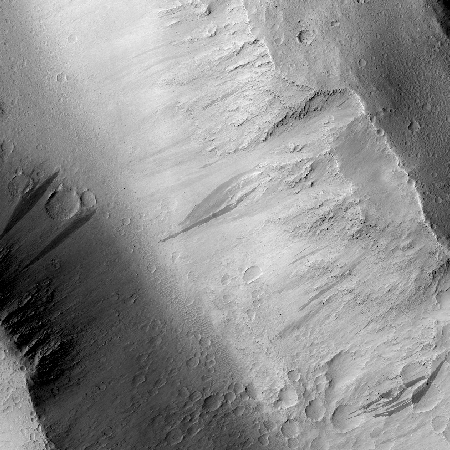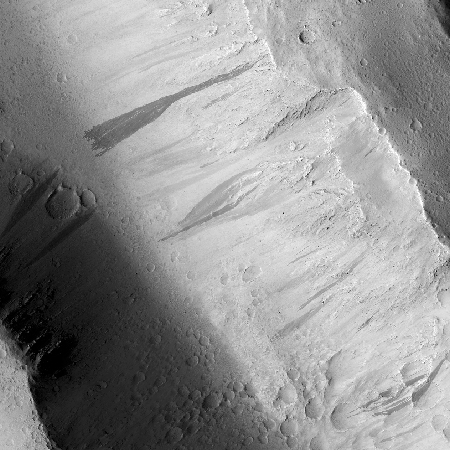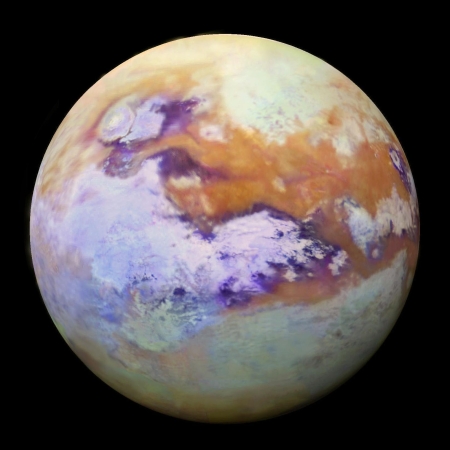NOAA still struggling to get GOES 17 working
NOAA is still struggling to pinpoint and correct the problem in GOES 17, launched in March, that prevents it from taking certain infrared weather images.
In a teleconference with reporters, NOAA officials said they had been able to improve the availability of infrared and near-infrared channels on the Advanced Baseline Imager (ABI) instrument on the GOES-17 satellite since the agency first reported the problem two months ago. The spacecraft, originally known as GOES-S, launched in March. “ABI is already demonstrating improved performance from what was initially observed,” said Pam Sullivan, director of the GOES-R system program. Currently, 13 of the instrument’s 16 channels are available 24 hours a day, with the other three able to operate at least 20 hours a day.
That will change, though, on a seasonal basis, depending on the amount of sunlight that shines into the instrument. By September, the hottest part of the orbit, only 10 of 16 channels will be available 24 hours a day, she said, with the other six available “most of the day.”
The satellite is second satellite launched out of a four satellite constellation that NOAA is building for $11 billion. They have now also admitted that the same problem exists on the first satellite, but does not seem to be effecting performance in the same way.
NOAA is still struggling to pinpoint and correct the problem in GOES 17, launched in March, that prevents it from taking certain infrared weather images.
In a teleconference with reporters, NOAA officials said they had been able to improve the availability of infrared and near-infrared channels on the Advanced Baseline Imager (ABI) instrument on the GOES-17 satellite since the agency first reported the problem two months ago. The spacecraft, originally known as GOES-S, launched in March. “ABI is already demonstrating improved performance from what was initially observed,” said Pam Sullivan, director of the GOES-R system program. Currently, 13 of the instrument’s 16 channels are available 24 hours a day, with the other three able to operate at least 20 hours a day.
That will change, though, on a seasonal basis, depending on the amount of sunlight that shines into the instrument. By September, the hottest part of the orbit, only 10 of 16 channels will be available 24 hours a day, she said, with the other six available “most of the day.”
The satellite is second satellite launched out of a four satellite constellation that NOAA is building for $11 billion. They have now also admitted that the same problem exists on the first satellite, but does not seem to be effecting performance in the same way.









